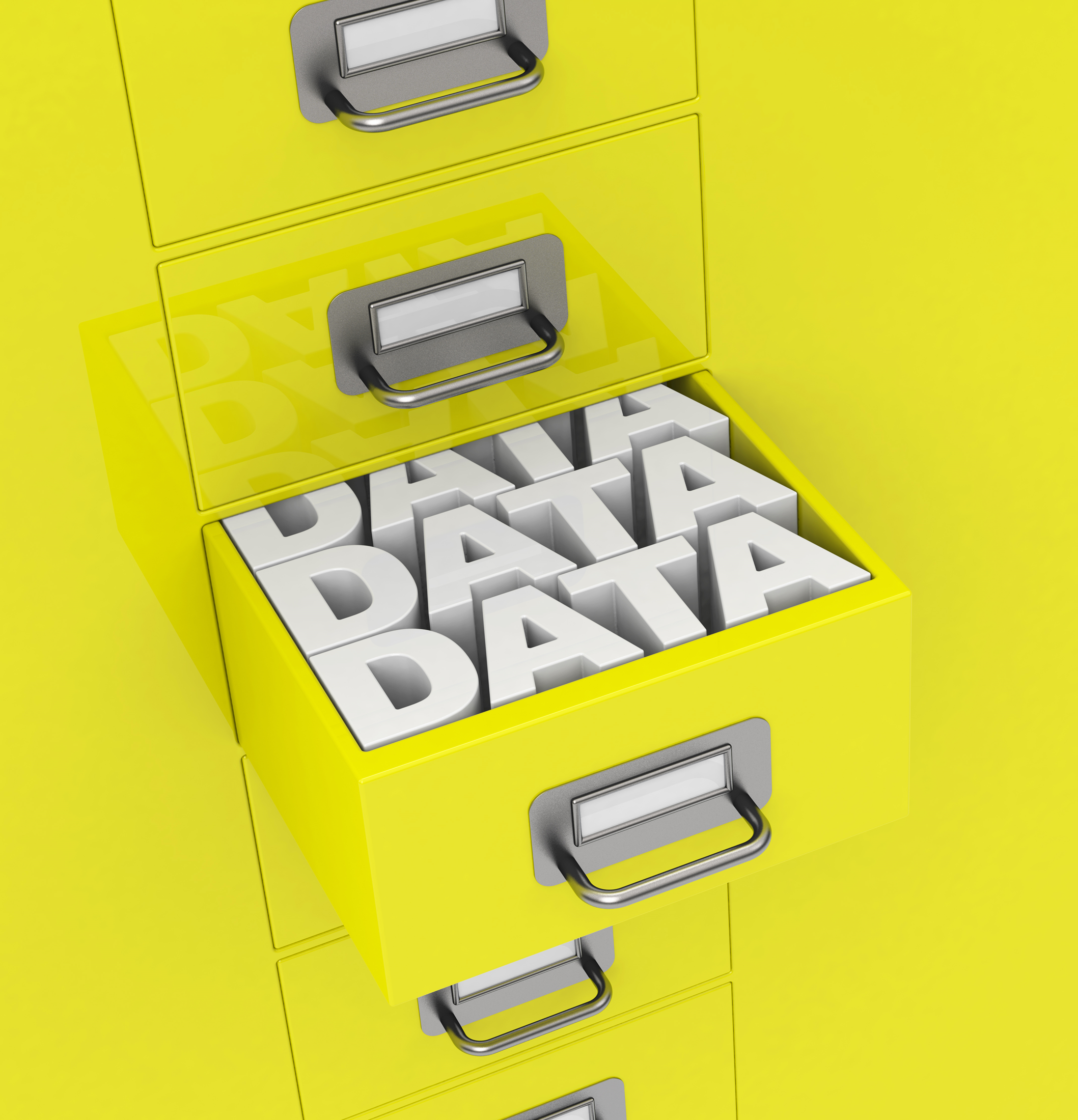Companies aren’t yet automatically turning ot HR data analytics to predict which job candidates will be the best fit for a position, but evidence suggests hiring-related big data use is increasing.
In 2015, Deloitte, analyzing the results from its annual global human capital trend report, labeled hiring process analytics use “stuck in neutral.” A number of companies were expressing an interest in big data recruiting; but they weren’t following through with ample execution.
This year’s survey indicated things may be changing. More companies say they feel ready or somewhat ready to use HR data analytics — 32 percent, compared to 24 percent in 2015, according to Deloitte’s most recent research on the topic.
HR professionals don’t need to worry big data recruiting will render them obsolete—even with an abundance of information to drive the hiring process, that likely won’t ever be the case.
However, your organization may benefit from using big data recruiting to identify and assess prospects; determine future leaders and find ways to keep valued hires on board.
HR data analytics can provide unique insight—including:
 A stronger chance of finding qualified candidates
A stronger chance of finding qualified candidates
Using data analysis to determine the specific skills, experience, goals and other attributes that previous hires possess can help companies build a stronger candidate profile to know which applicants to contact.
With a clearer picture of your desired candidate, you’ll hopefully be able to weed through resumes quicker and avoid bringing ill-fitting candidates in for an interview.
Increased success connecting with jobseekers
Marketers use big data to determine which audiences to target and where to reach them. For organizations that lack a large recruitment advertising budget—for example, nearly a quarter of mid-sized companies, according to a survey from Red Branch Media and Beyond—each hiring process promotional dollar has to count.
Identify the channels prized past hires were found through. Distinguish which companies valued employees left your organization to work at, and examine their employment branding efforts. Knowing what messaging competitors used to attract your employees, and using HR data analytics to clarify effective places you’ve made contact with candidates before, can help you structure an effective campaign.
 Potentially reduced hiring time
Potentially reduced hiring time
The interview and hiring process phase is on the rise; the entire series of steps now takes, on average, 3.7 days, compared to 3.3 days in 2012, according to Glassdoor Economic Research — due to group interviews, skills tests and other candidate screening techniques. Specific hiring process times in some countries are considerably longer; Canada and the U.S. average about 22 days.
Glassdoor also found large companies often have longer hiring times. Luckily, they also often have more data to access — and additional resources to gather and assess HR data analytics — than smaller companies do. As a result, big data recruiting stands to be even more of a worthwhile investment for sizeable organizations to potentially shorten their hiring process time.
If your organization isn’t quite ready to incorporate big data recruiting into its hiring efforts — or HR data analytics are already a focal point — several other efforts can help you effectively find and screen potential candidates.
Get additional hiring process inspiration and advice in our posts on interview and hiring process trends that can transform your talent search, hiring process times and the staggering costs a bad hire can incur (and how to avoid them).
{{cta(‘f9a9b5fe-c4b3-43f7-852f-b736b795a98c’,’justifycenter’)}}
